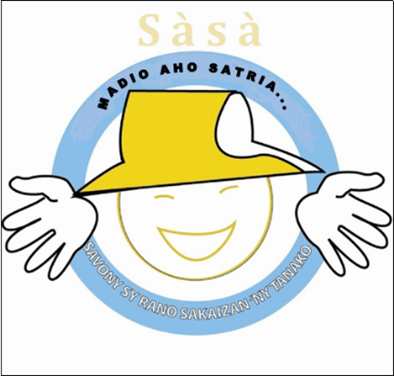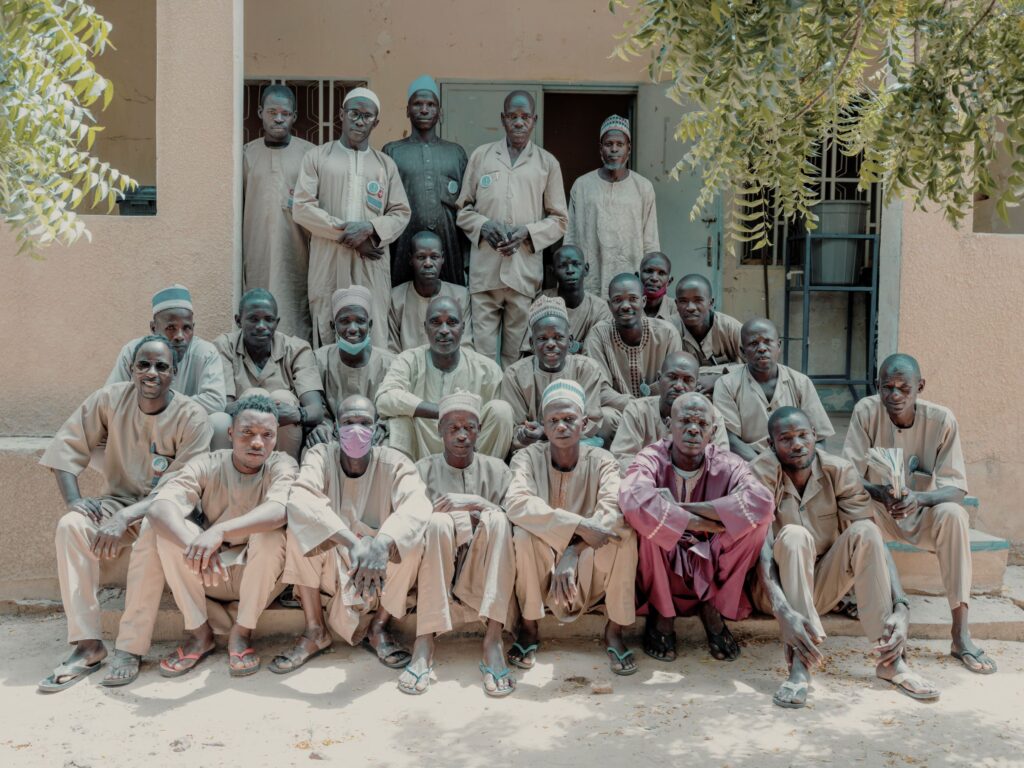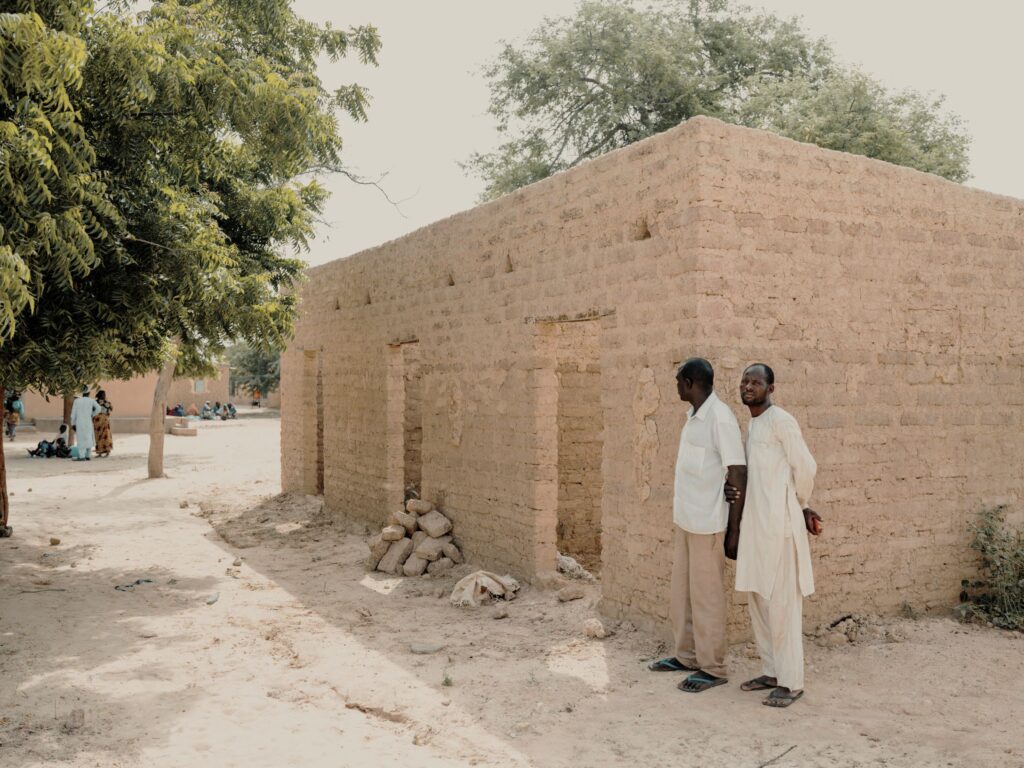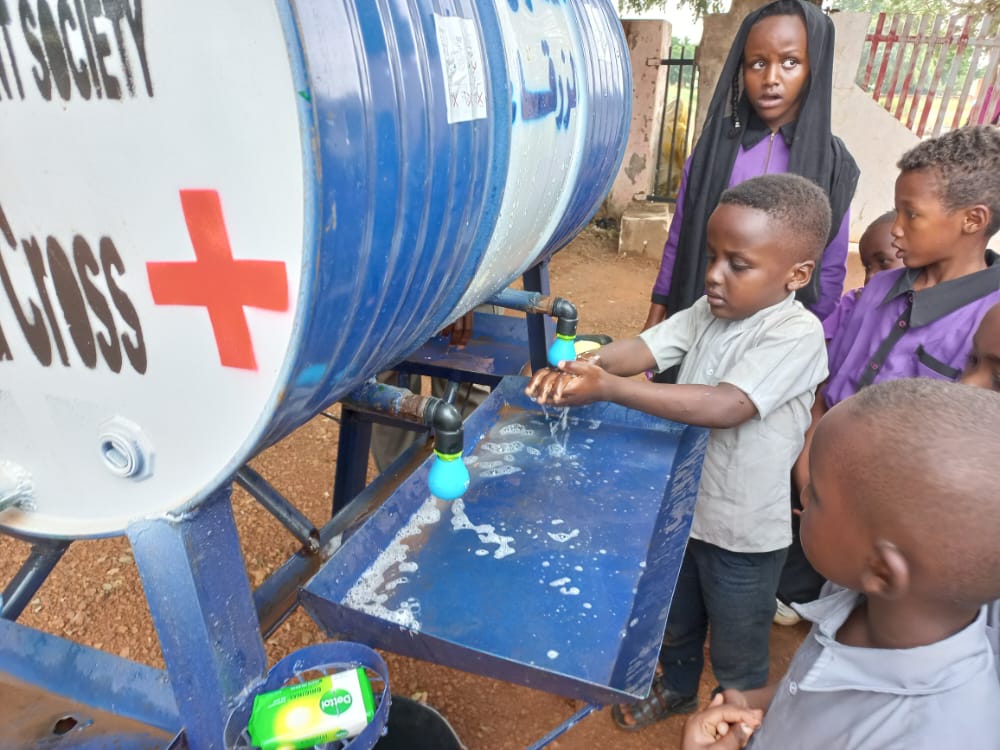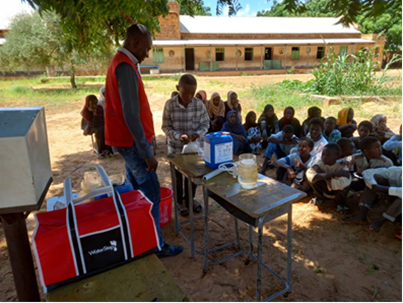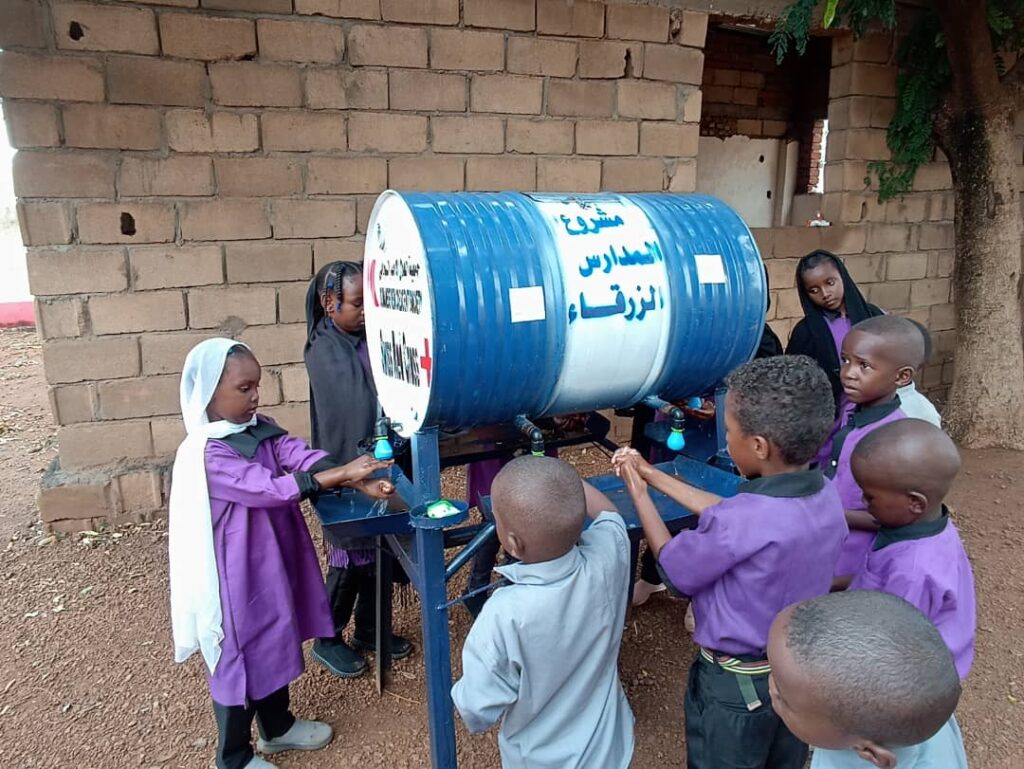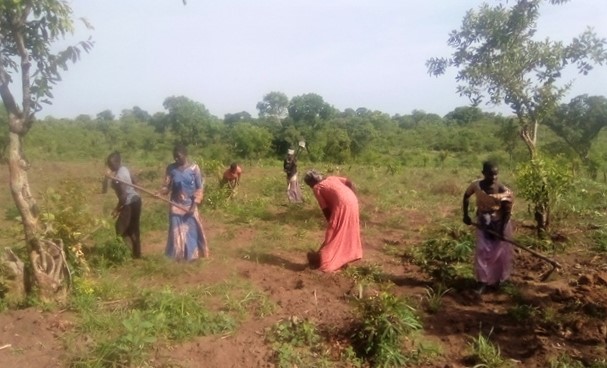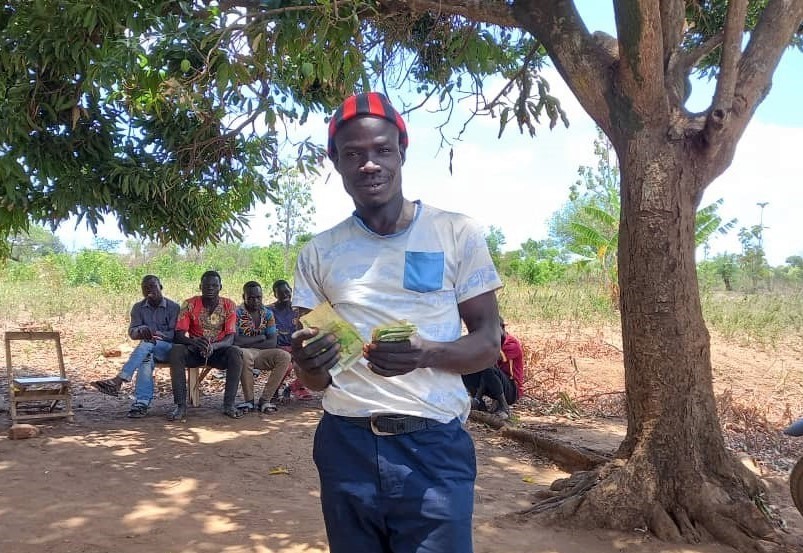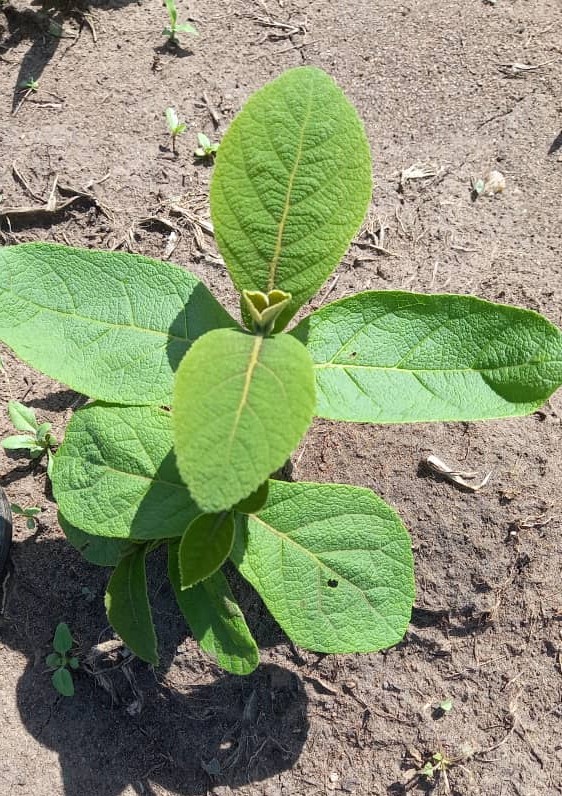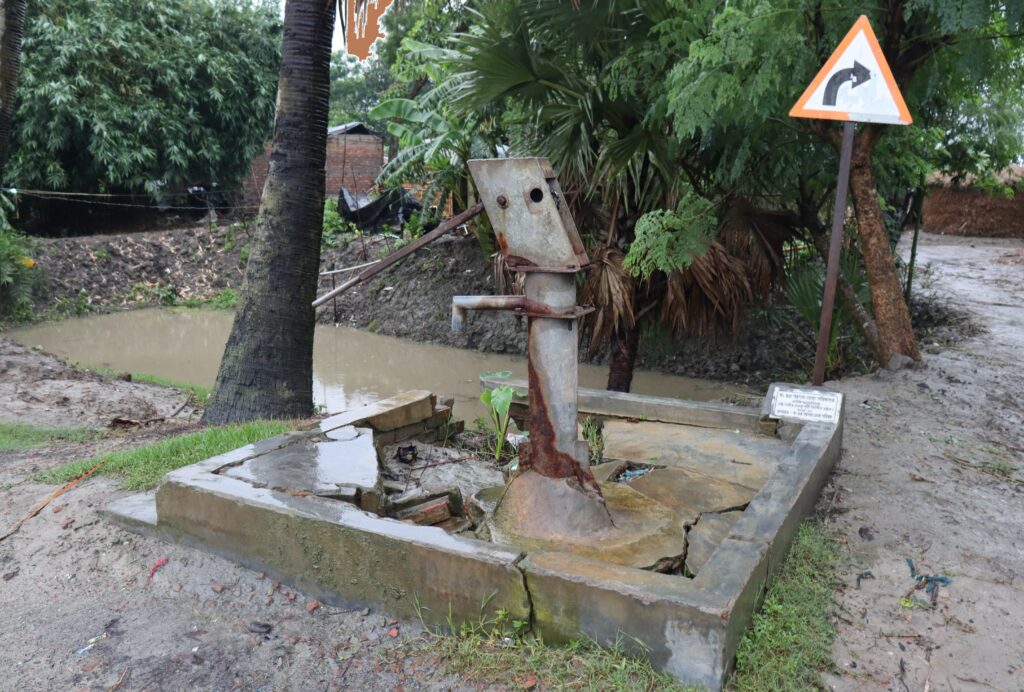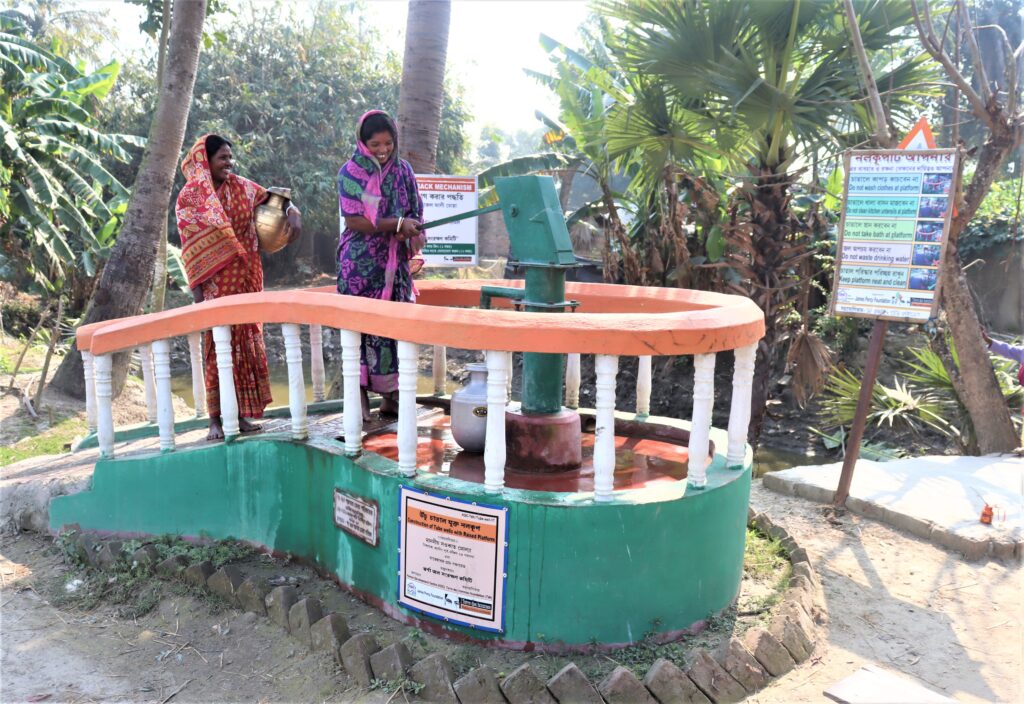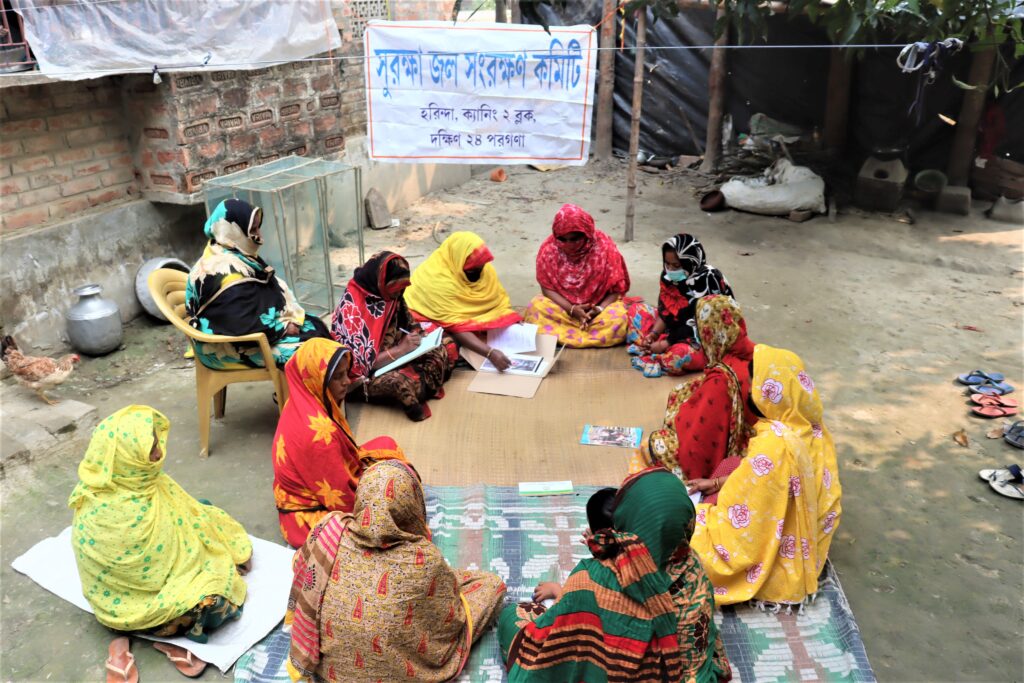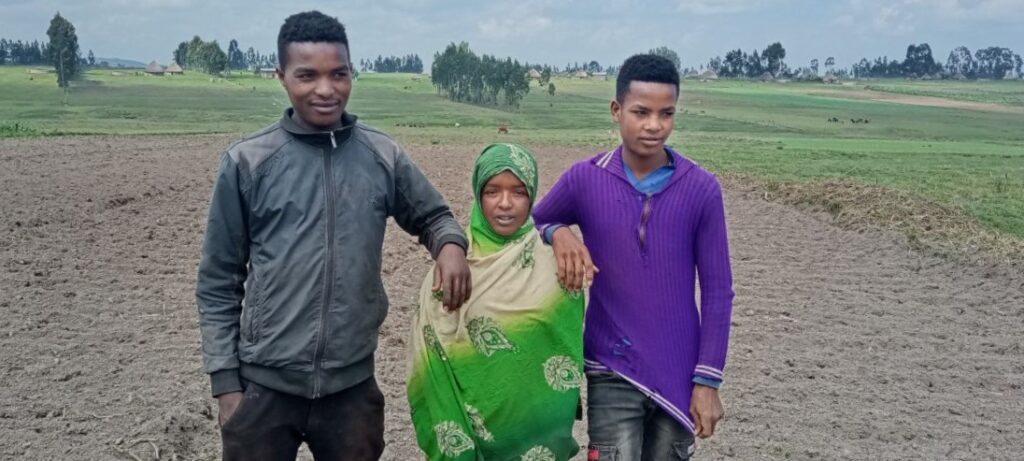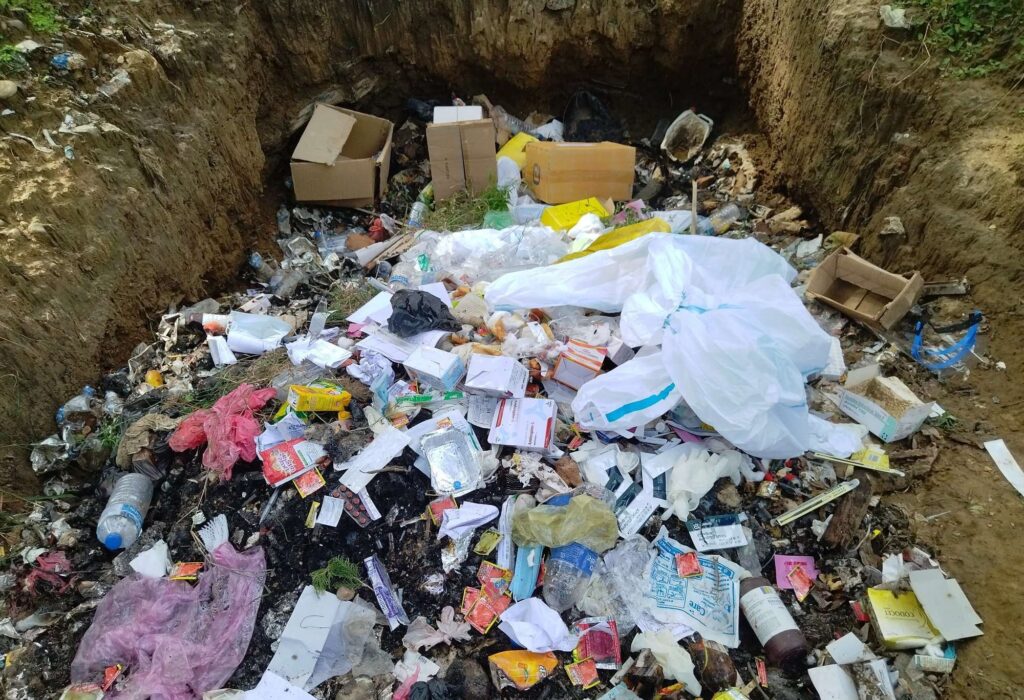(English text below)
Auteur : Fastenaktion and Taratra RAT/rddd6
Crédits photos : Andrianasolo Yves
Sàsà le petit bonhomme au chapeau de savon continue de traverser toutes les localités du projet Rano Aina 3 de Fastenaktion/Taratra à Madagascar dans le cadre du projet du Swiss Water & Sanitation Consortium (SWSC). Il a voyagé par monts et par vaux dans les districts d’Ampanihy et et de Betioky (les zones du projet). Il était même présent en 2015 à Sokodé au Togo lors de l’atelier régional de l’Afrique francophone du SWSC et son histoire, à travers la bande dessinée et le film du gobelet au robinet, a réjoui tous les participants.
Au moins 150'000 personnes l’ont rencontré que ce soit les grand(e)s ou petit(e)s, vieux/vieilles ou jeunes, filles ou garçons, hommes ou femmes, élèves ou instituteurs (trices), maires ou conseillers(ères) communaux. Il accompagne partout les animateurs dans les saynètes, les séances de démonstration ou de sensibilisation sur l’hygiène des mains aux moments critiques. Ces personnes ont changé leur comportement vis-à-vis de l’hygiène de leurs mains. Les mères de familles se bousculent pour l’avoir car Sàsà devient un ustensile comme la marmite. Il s’installe sur l’étale des ménages devant leur maison pour rappeler et se mettre au service des membres de la famille pour avoir les mains propres avant de préparer les repas, avant de manger, après avoir déféqué, après avoir changé les bébés. Tout le monde voulait toujours jouer avec Sàsà car le nombril de Sàsà est un robinet et son corps un bidon de 20 litres plein d’eau propre. Finit le gobelet et le seau pour laver les mains, Sàsà a pris les devants. Pour être toujours à la disposition de tout le monde, là où l’on peut se le procurer, Sàsà s’est cloné et se trouve dans les épiceries, au marché et chez des dépositaires villageois. Depuis Sàsà contribue à la dimunition de 80% des maladies liées à l’eau selon les statistiques des centres de santé de base des communes / municipalités environnantes.
Au niveau des écoles, Sàsà se poste avec ses différentes capacités devant les latrines et les entrées des salles de classe où petits et grands font la queue devant lui pour avoir les mains propres. La petite Soaniry, en classe de maternelle à l’école bleue d’Andranomena Mahasoa, était très coquette en manipulant Sàsà. Elle a dit:
Merci Sàsà, j’ai évité la diarrhée avec ton aide car tu est mon ami inséparable et depuis je ne rate plus mes classes, mes cahiers sont aussi propres que mes mains et quand j’ai soif tu es là pour me donner de l’eau saine…
Ainsi Sàsà ne sert pas seulement pour le lavage des mains mais aussi pour le stockage d’eau propre.
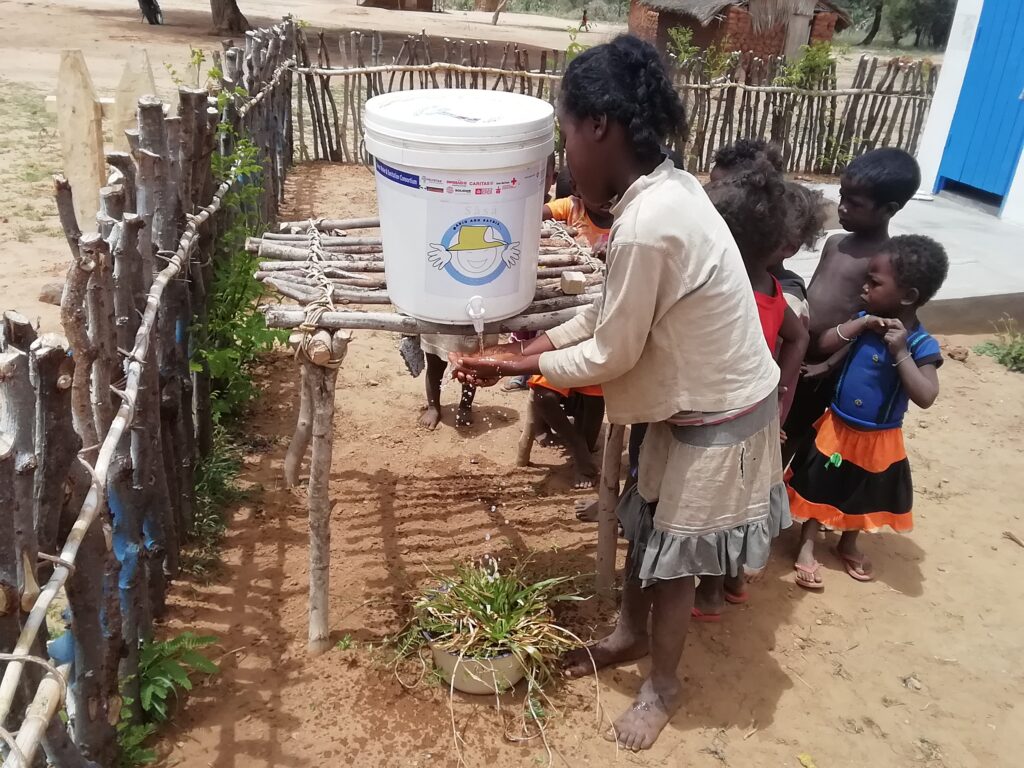
Mais qui est vraiment Sàsà pour être ce magicien. En malgache, « Sàsà » veut dire littéralement « se laver ». Et lui en fait, c’est un dispositif de lavage des mains coiffé d’un savon comme chapeau, constitué par un bidon comme corps et muni d’un robinet comme nombril.
En ce moment de la journée mondiale du lavage des mains au savon, Sàsà vous souhaite une bonne santé loin des maladies et de la saleté.
My hands are clean because soap and water are my inseparable friends
Author: Fastenaktion and Taratra RAT/rddd6
Photo credits: Andrianasolo Yves
Sàsà the little man in the soap hat continues to travel through all the localities of Fastenaktion/Taratra's Rano Aina 3 project in Madagascar, a project of the Swiss Water and Sanitation Consortium (SWSC). It has been up and down the districts of Ampanihy and Betioky (the project areas). He was even present in Sokodé, Togo, at the SWSC regional workshop for French-speaking Africa in 2015, and his story in the comic strip and film from the cup to the tap delighted all participants.
At least 150,000 people met him, whether they were big or small, old or young, girls or boys, men or women, pupils or teachers, mayors or local councillors, because he accompanied the facilitators everywhere in the skits, demonstration sessions and awareness-raising sessions on hand hygiene at critical moments. These people have changed their behaviour towards hand hygiene. Mothers of families are jostling for it because Sàsà is becoming a utensil like the pot. It is placed in front of their house to remind and serve the family members to have clean hands before preparing the meals, before eating, after defecating and after changing the babies. Everyone always wanted to play with Sàsà because Sàsà's navel is a tap and his body is a 20-litre drum full of clean water. No more cups and buckets for washing hands, Sàsà has taken the lead. In order to be always available to everyone where it can be obtained, Sàsà has been cloned and can be found in grocery shops, at the market and at village stockists. Since then, Sàsà has contributed to the reduction of 80% of water-related diseases according to the statistics of the basic health centres of the surrounding municipalities.
At school level, Sàsà stands with his different capacities in front of the latrines and the entrances of the classrooms where children and adults queue up in front of him to have clean hands. Soaniry, the kindergarten girl from the Blue School of Andranomena Mahasoa, was very coquettish when she handled Sàsà and said:
Thank you Sàsà, I avoided diarrhoea with your help because you are my inseparable friend and since then I don't miss any more my classes, my notebooks are as clean as my hands and when I am thirsty you are there to give me clean water...
So Sàsà is not only for washing hands but also for storing clean water.

But who is really Sàsà to be this magician. In Malagasy, "Sàsà" literally means "to wash". And he is in fact a hand-washing device with soap as a hat, a can as a body and a tap as a navel.
On this World Handwashing Day, Sàsà wishes you good health, far from diseases and dirt.

